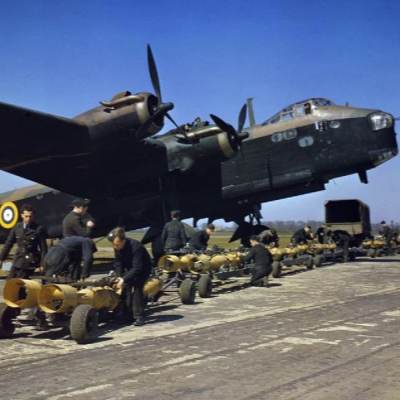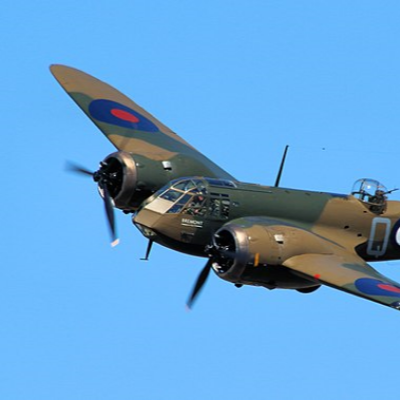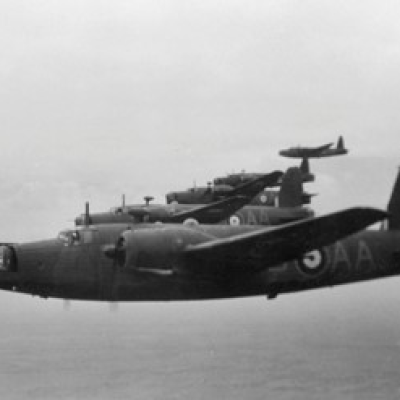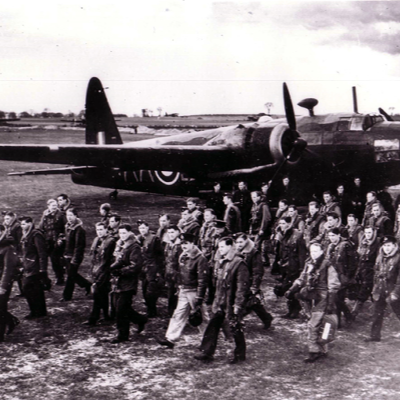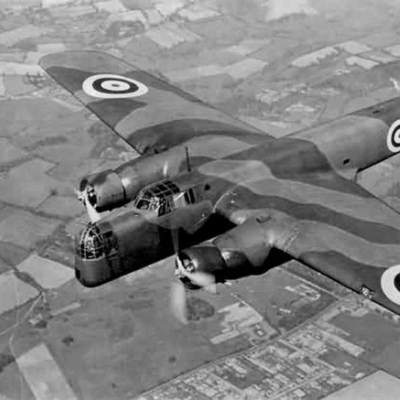Research
Research
Aircraft of Bomber Command – the Short Stirling
The Short Stirling was first of the RAF’s heavy bombers – the four-engined trio of Halifax, Stirling and Lancaster – to enter service. While it had a relatively brief operational career as a bomber, being surpassed by the arrival of the Halifax and Lancaster, Stirlings provided a vital improvement to Bomber Command capability.
Bristol Blenheim
The Bristol Blenheim, which was used both as a medium bomber and a fighter in the first two years of the war. RNZAF 489 Sq. also flew Blenheims in Coastal Command, and they were still being used as training aircraft until the end of the war.
Handley Page Hampden
The Handley Page Hampden was one of the three main bombers of RAF Bomber Command at the start of World War II. Nicknamed the "Flying Suitcase" for its cramped crew quarters, the Hampden had a distinctive appearance with twin tail fins and a slender fuselage.
The Aircraft of Bomber Command – Vickers-Armstrong Wellington
Perhaps the most iconic of the bombers in service with RAF Bomber Command at the outbreak of war, when hostilities broke out, thirty Vickers-Armstrong Wellingtons, intended for the fledgling RNZAF in New Zealand were offered back to Britain and used to equip the newly formed No. 75 (NZ) Squadron RAF.
A brief history of 75 (NZ) Squadron RAF
When war was declared in September 1939, the New Zealand government waived its claim to Wellington bombers, ordered but not yet delivered, and put them at the disposal of the Royal Air Force. The government requested that a squadron be formed from the New Zealand Flight, and so begins the story of 75 (NZ) Sq.
Armstrong-Whitworth Whitley
Beginning our series on the aircraft flown by Bomber Command, the Armstrong-Whitworth Whitley was one of the three primary bombers in service with the RAF at the outbreak of World War II.
